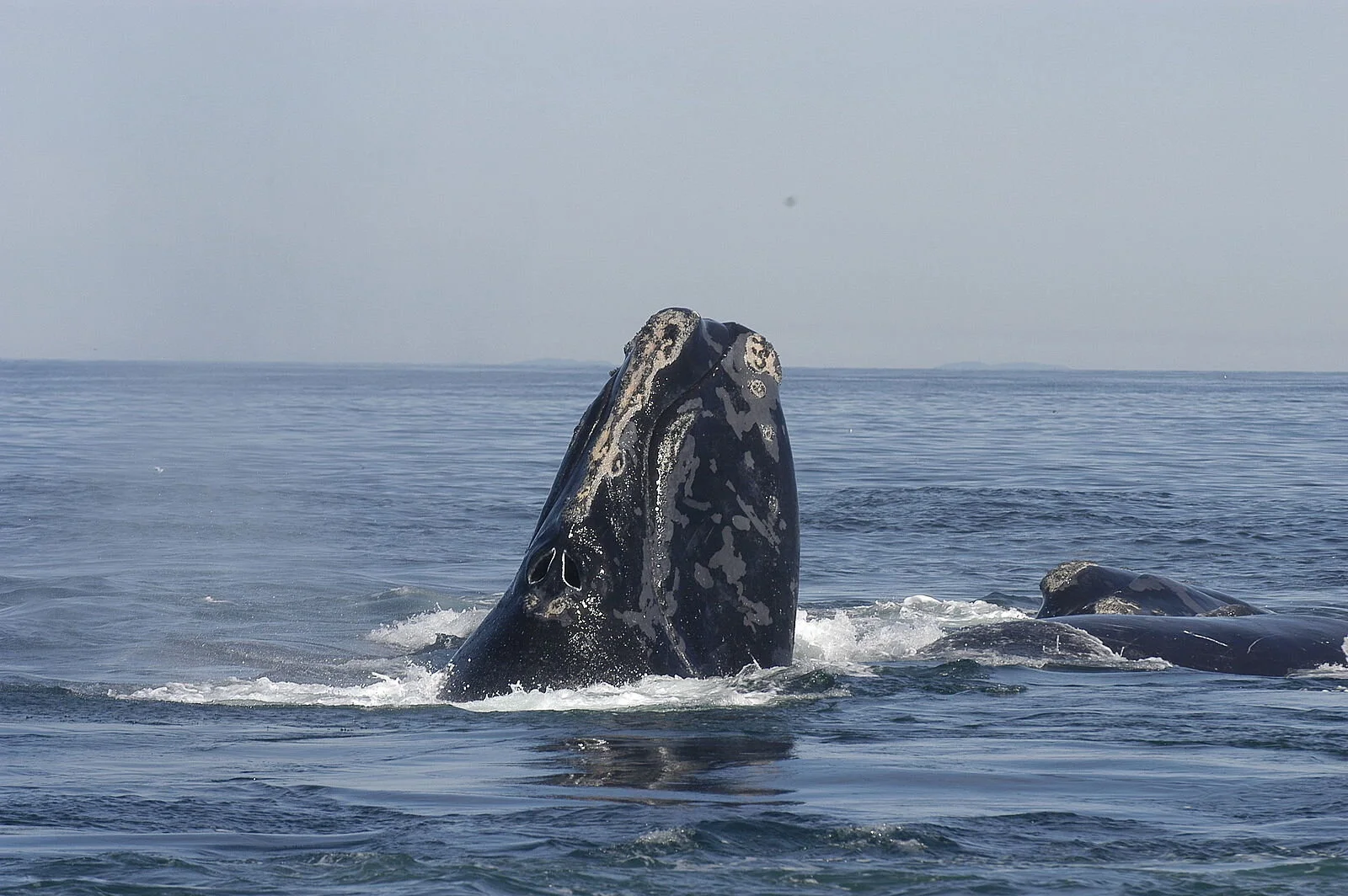Sound beneath the waves
This is a preview of the full article which can be found on Bedrock’s website.
In the cold vacuum of Space, silence prevails. Whereas your eyes can detect light waves emanating from impossibly distant stars, there is nothing to tell you what those stars may sound like. There, in the absence of matter, sound cannot exist.
In places where matter is dense, however, sound can eclipse light as the dominant sensory signal. This is particularly true in the dark space that exists beneath ocean waves.
Unlike Space where lightwaves can travel vast distances without being scattered or absorbed, light can only travel short distances in water before it fades from repeated, energy draining collisions with water molecules. As a result, most of Earth’s ocean space exists in darkness, beyond the reach of both light and human exploration.
Marine animals have evolved to navigate, communicate, and hunt without light by using sound to illuminate their environment. And, increasingly, humans are doing the same.
Here, we’ll briefly explore how sound is being used by animals and humans to render ocean depths visible.
Read the full blog on Bedrock’s website.



